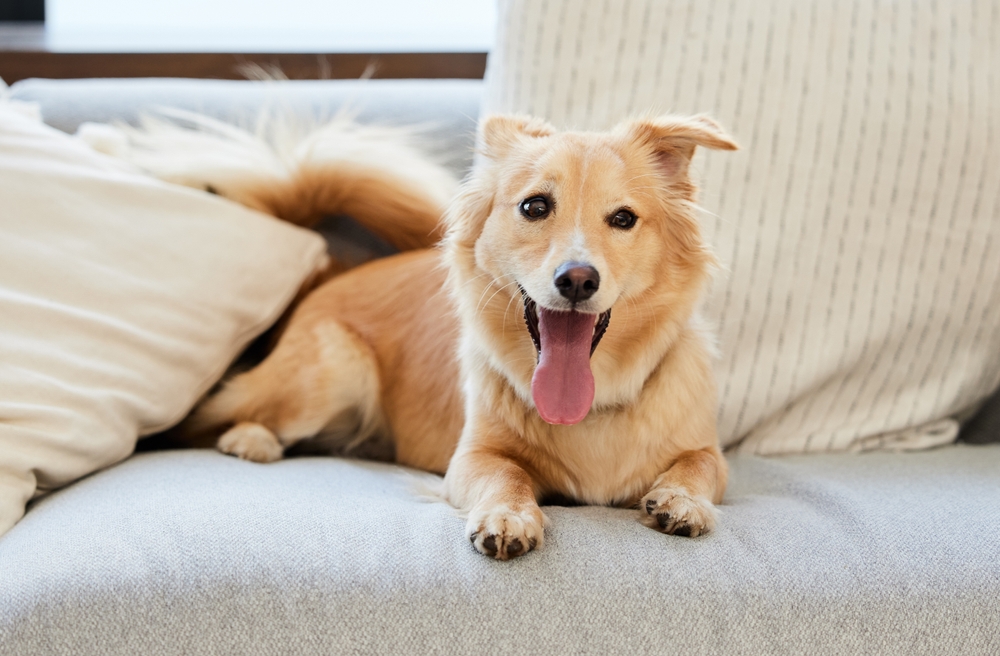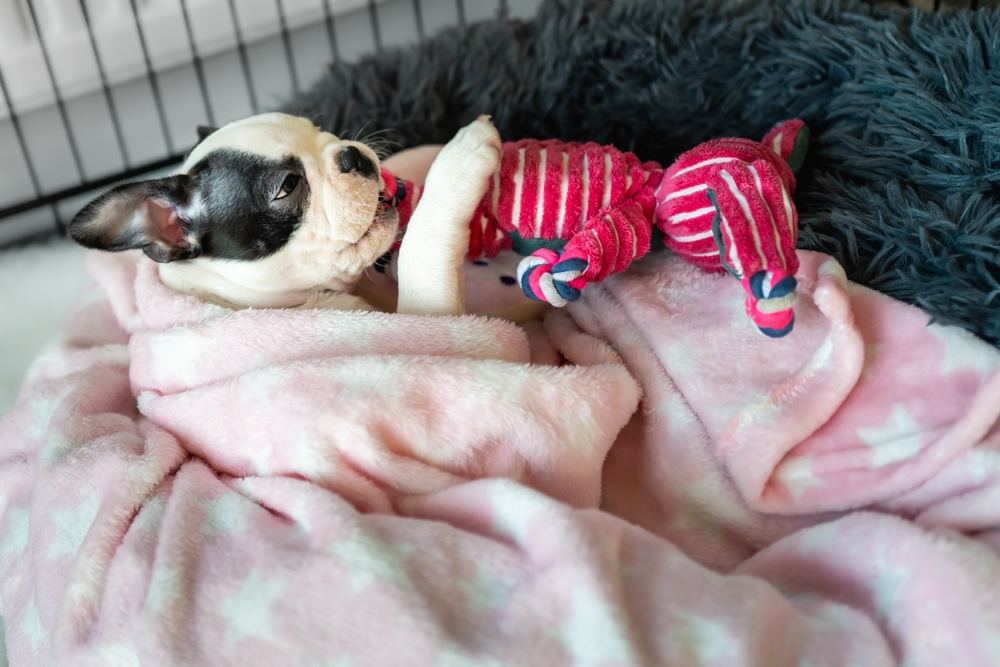
Fear Free Training: Helping Your Pets Feel Comfortable, Starting at Home
What is Fear Free Certification?
How You Can Help: Fear Free Starts at Home
1. Create Positive Associations
Begin by associating vet-related activities with positive rewards. Practice gentle handling of your pet’s paws, ears, and mouth while offering treats and praise. This will help your pet become more comfortable with being touched in these areas, which are often examined during veterinary visits.
2. Familiarize Your Pet with Their Carrier
If your pet uses a carrier for vet visits, make it a regular part of their environment. Leave it out at home, add soft bedding, and occasionally place treats or toys inside. Allow your pet to explore and rest in it voluntarily, so they won’t associate the carrier solely with a trip to the vet.
3. Practice Car Rides
For many pets, car rides are a significant source of anxiety. To help ease this, take your pet on short, positive car rides that don’t end at the vet’s office. Gradually build up to longer trips, rewarding your pet with treats and praise to help them associate the car with positive experiences.
4. Desensitize Your Pet to Vet Sounds and Smells
You can prepare your pet for some of the sensory experiences at the vet by playing low-volume recordings of typical clinic sounds like barking, doors closing, or other animals. Pair this with rewards, gradually increasing the volume as your pet becomes more comfortable.
5. Create a Calm Environment at Home
A calm home environment can help your pet feel more secure overall. Provide your pet with a quiet, safe space to retreat to if they feel anxious. Using calming aids like pheromone sprays or diffusers can also reduce stress levels.
6. Visit the Vet’s Office for Fun
Some vet clinics, including Henderson Animal Hospital, welcome you to bring your pet by for non-appointment visits. These short, positive stops allow your pet to explore the waiting room, receive treats, and become familiar with the clinic without undergoing an examination. This can help reduce anxiety during actual visits.




